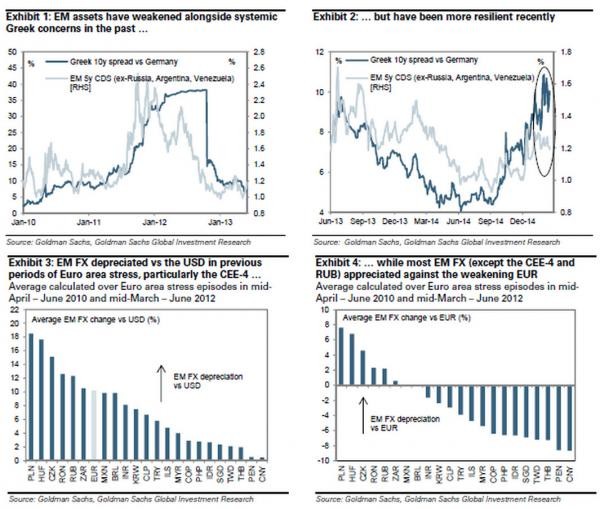3 Ways You Can Evaluate Country Risk Yahoo Singapore Finance
Post on: 29 Март, 2015 No Comment

For many investors, investing internationally is an attractive way to gain additional diversification and increased return for their portfolios. At the same time, however, many find it hard to invest abroad due to lack of experience, unfamiliarity with the foreign country and excessive amounts of information to analyze. To alleviate some of these difficulties, we’ll look at a couple ways to help you more easily evaluate the degree of risk in a country’s fundamentals .
Where Does Sovereign Risk Fit?
Analyzing sovereign risk factors is beneficial for both equity and bond investors, but perhaps more directly beneficial to bond investors. When investing in equity of specific companies within a foreign country, a sovereign risk analysis can aid in creating a macroeconomic picture of the operating environment, but the bulk of research and analysis would need to be done at the company level.
On the other hand, if you’re investing directly into a country’s bonds, evaluating the economic condition and strength of the country with these methods can be a good way to evaluate a potential investment in bonds. After all, the underlying asset for a bond is the country itself and its ability to grow and generate revenue.
Often, the most common method used by investors, with time or resource restrictions that don’t allow them to do the analysis themselves, is to rely on experts who spend all their time doing that type of analysis. Calculating debt service ratios, import/export ratios, money supply changes and all those other fundamental aspects of a country, and attempting to incorporate them all into the big picture, requires a significant commitment if you do it by yourself. Thus, it is recommended against in favor of a number of easy-to-understand indicators. Sourcing these tools from organizations focused on analyzing country risk allows more energy to be focused on investing.
Euromoney Country Risk
The first tool that can be used to evaluate sovereign and political risk is the Euromoney Country Risk survey. The ECR survey covers 186 countries and gives a comprehensive picture of a country’s investment risk. The rating is given on a 100-point scale, with a score of 100 representing virtually zero risk.
In general, the calculation of the ECR rankings is split between two overall factors — qualitative (70% weighting) and quantitative (30% weighting). The qualitative factors are derived from experts who assess the political risk, structure and economic performance of the country. The quantitative factors are based on debt indicators, capital market access and credit ratings. The rating for the qualitative and quantitative factors are available separately, so if you believe the weighting importance to be different than 70/30, you have the flexibility to manually adjust the weighting yourself.

The Economist Intelligence Unit
The next popular credit rating information source is the Economist Intelligence Unit (EIU). The EIU is the research arm of The Economist and one of its best offerings is its Country Risk Service ratings. These ratings cover over 100 countries, with an emphasis on emerging and highly indebted markets. The rating analyzes factors similar to the ECR rating, such as economic and political risk, and provides a rating on a 100-point scale; however, unlike the ECR rating, higher scores mean higher sovereign risk.
A benefit of the EIU ratings is that they are updated on a monthly basis so trends can be caught much earlier than other, less frequently updated methods. In addition, the EIU format offers investors more analysis and provides an outlook for the country as well as two-year forecasts for several key variables. So if you want to get a sense of the direction a particular country is headed in for in the near future, this may prove to be a useful tool.
Below is an example of the EIU ratings of a handful of high-risk countries in early 2011.














